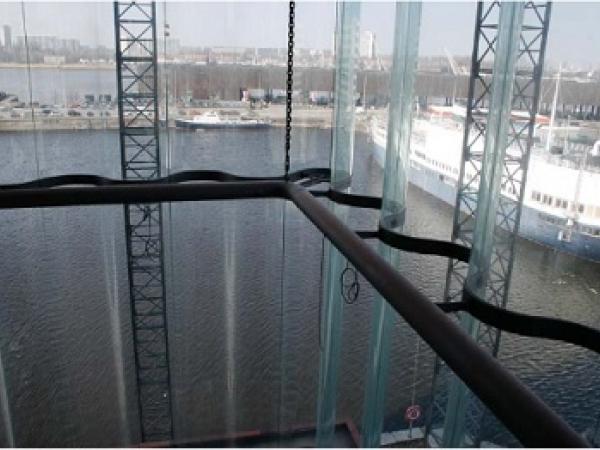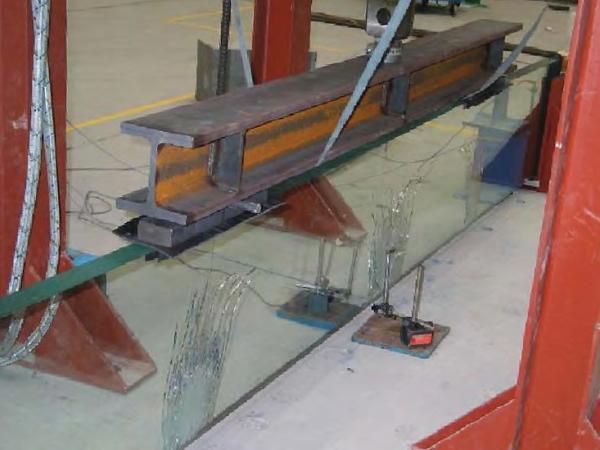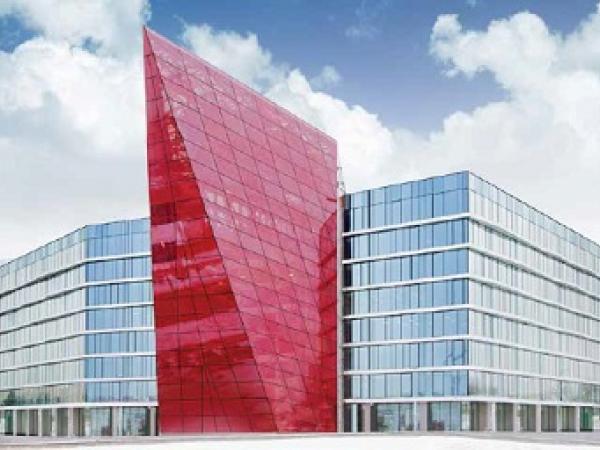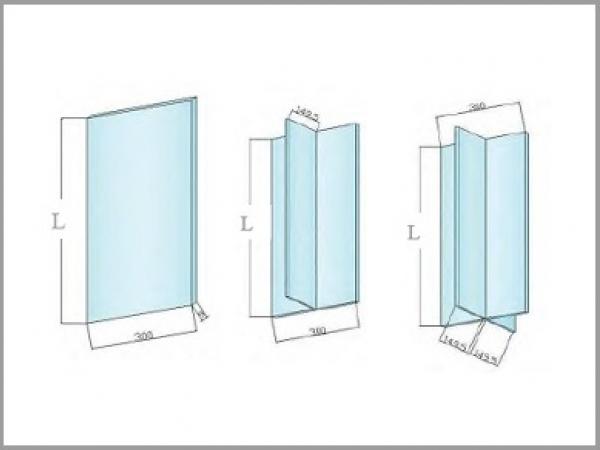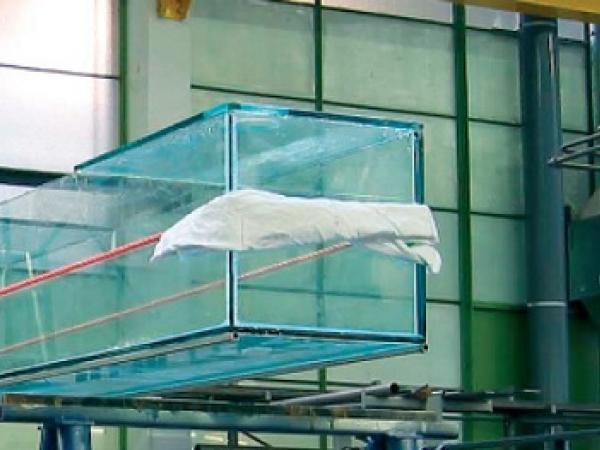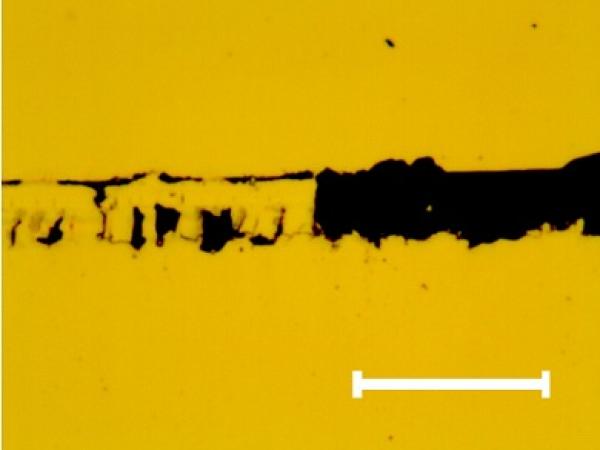Others also read
| Thanks to the laminating and toughening of glass panels, we are able to make strong, safe and resilient structures out of glass.
| Competitiveness, innovation and flexibility are what make Oribay a different company.
| There's a company in the heart of Bucharest that plays a leading role in Romania's glass processing industry. "Spectrum Inovativ & Industries SRL" was founded in 1991, first as an agent for a foil manufacturer.
| Although the standard glass design strategy is redundancy, we pursue a safer way to ensure the robustness of transparent glass beam structures.
| High-performance functional glazing has a significant impact on the energy efficiency of buildings and their level of usability or life quality. Experts agree that increased demands will lead to improved functionality of the glass products used in facades.
| In modern buildings, glass is increasingly used as a load-carrying material in structural components, such as glass beams. For glass beams especially the edge strength of glass is important.
| Despite the increasing research activity on structural use of glass in the past years, there is still a lack of comprehensive design codes and standards linked to real-life applications on a structural level. However, more and more ambitious buildings and structures are built every year.
| In the last few years, the production of insulating glazing units (IGU) evolved to develop composi-tions to obtain high thermal insulation performance: double glazing filled with Argon/Kripton gas, low-emission glazing, warm-edge spacers and triple glazing.
| This paper intends to present how applications of structural glass systems have evolved in HDA’s projects since the author’s intial work at La Villette with Peter Rice and RFR.
| The new HQ for the Belarusian Potash Company (BPC) is a staggering example of glazing being deployed to maximise light and colour.
| A series of four-point bending tests were carried out on monolithic and laminated panels in order to evaluate the ultimate tensile stress of the glass considered and the effective level of connection between the glass foils.
| The article presents an overview of research and applications of glass as structural material, cooperating with other materials: steel, timber, glass or carbon fibre composites.
| Differently from traditional structural materials, the structural behaviour of laminated glasses exhibits some anomalies due to the difference in the stressstrain laws of their components: glass is a brittle material, while PVB and SGP are thermoplastic materials with a visco-elastic behaviour.
| Contact angle measurements using method based on B-spline snakes (active contours) were applied to investigate surface wettability properties of commercial soda-lime-silica float glass subjected to various surface preparation methods.
| Breakage patterns, residual stress, and fractured surfaces on tempered glasses are investigated to find the correlation among glass thickness, tempered level, and the number of fragments, particularly when the glass thickness is less than 4 mm.
| In modern high rise building, fully unitised systems are frequently being used in construction to save time and cost. Most of the unitised system comprises of structural aluminium alloy of grade 6063 T5 or T6, with spandrel panel (shadow box) and vision glass.
| In the façade industry, glass panes have been bonded to aluminium frames with UV-resistant silicone adhesives for 40 years with almost unchanged mechanical strength.
| The canopies are a composite construction between both steel and glass, leaving no element without stress or structural function.
| While glass manufacturers have little control over raw material costs or finished product orders, process control is one area where even minor improvements can trim production costs, improve product quality, and ultimately increase profits.
| In recent years there have been a number of sensational reports in the media about “glass cancer” and “spontaneous glass fracture”, with stories relating to “glass raining down from highrise buildings”.

